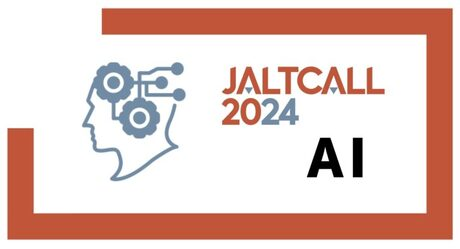While artificial intelligence (AI) technologies have started being integrated into language education programmes offered at universities, secondary and elementary schools, little do we know if and how they could be introduced for language learners on the pre-school level. Just as with other types of information technologies, application of AI in early childhood education programmes raises many...
The increasing prevalence of Artificial Intelligence (AI) technology has constituted a new reality in language learners’ lives, presenting unprecedented opportunities and challenges in language education (Kohnke et al., 2023). In the field of L2 writing, while more studies (Barrot, 2023) have begun to examine the use of AI tools among second-language writers and its impact on learners’ writing...
In the context of the global digital revolution and its impact on education, this research delves into the perspectives of teachers regarding the integration of Computer-Assisted Language Learning (CALL) in the rural primary school settings of Nepal. The study aims to understand how English language teachers perceive the role of technology in language instruction and to identify the...
Research indicates that peer feedback accelerates L2 development in the same way as feedback provided by teachers by triggering noticing of gap in learners’ interlanguage (Sippel & Jackson, 2015). Computer-mediated L2 collaborative writing (CW) provides learners the chances to engage in collaborative dialogue where they give and receive peer feedback. Peer feedback thus serves as a mediational...
This presentation explores the innovative use of ChatGPT in a research project that brought together Japanese, Indonesian, and Filipino university students for a one-day online conference focused on global issues. Faculty advisors worked with ChatGPT in preparing students for this event, providing language support and cultural insights, and assisting in the development of discussion topics and...
Spoken interactions, including turn-taking activities, discussions, task-based learning, and computer-supported collaborative learning, are common in foreign language learning classrooms. However, the neural mechanisms underpinning such foreign language exchanges remain insufficiently explored. Consequently, questions arise regarding the emergence of neural alignment between activity partners...
The ultimate goal of feedback in the writing process is to give students a chance to independently and critically analyze their own writing (Hyland & Hyland, 2006). The rise of generative artificial intelligence (AI) in classroom settings opens up the possibility of students using AI to ask questions about and receive feedback on their writing. However, how much students trust feedback from AI...

